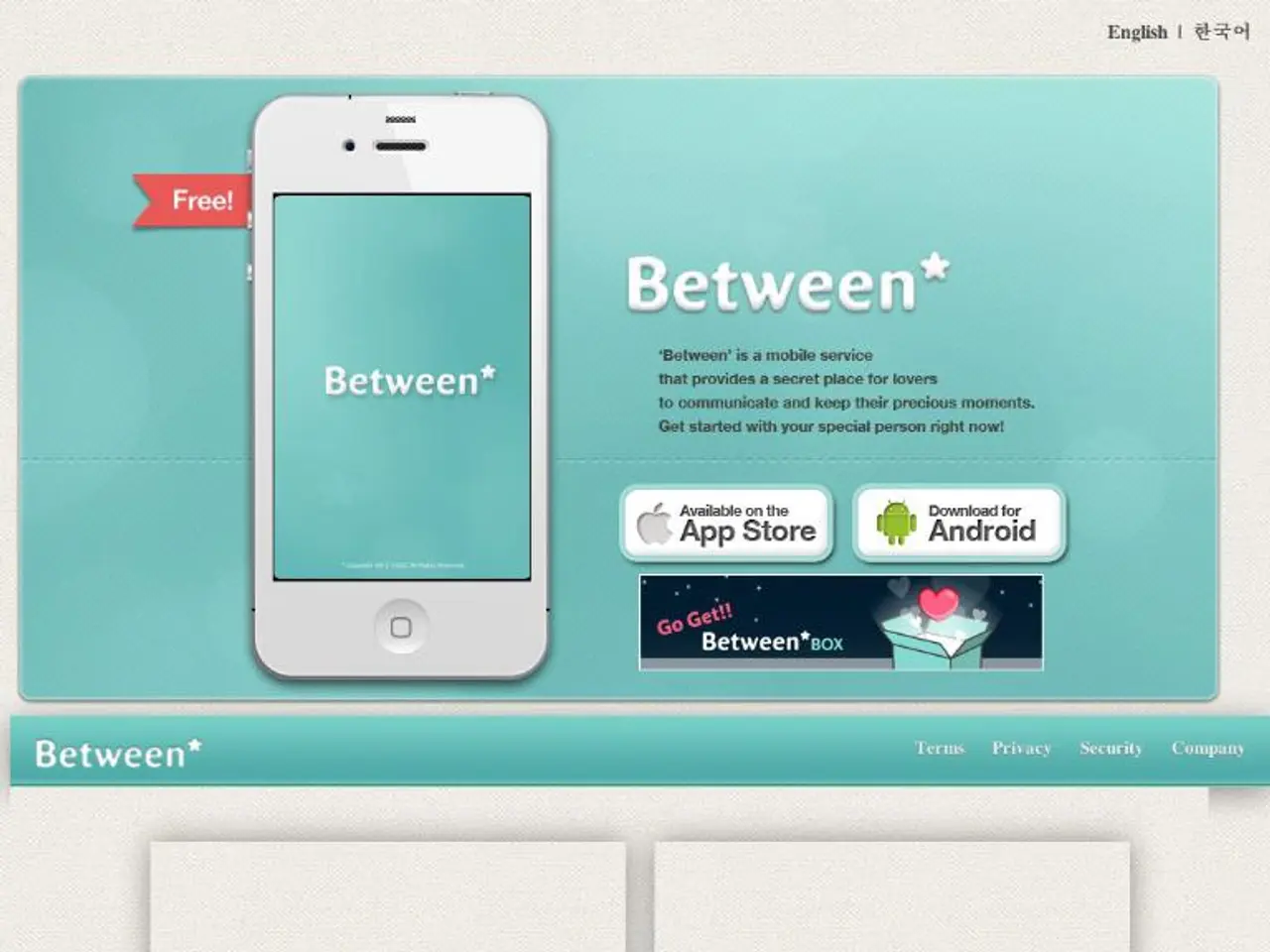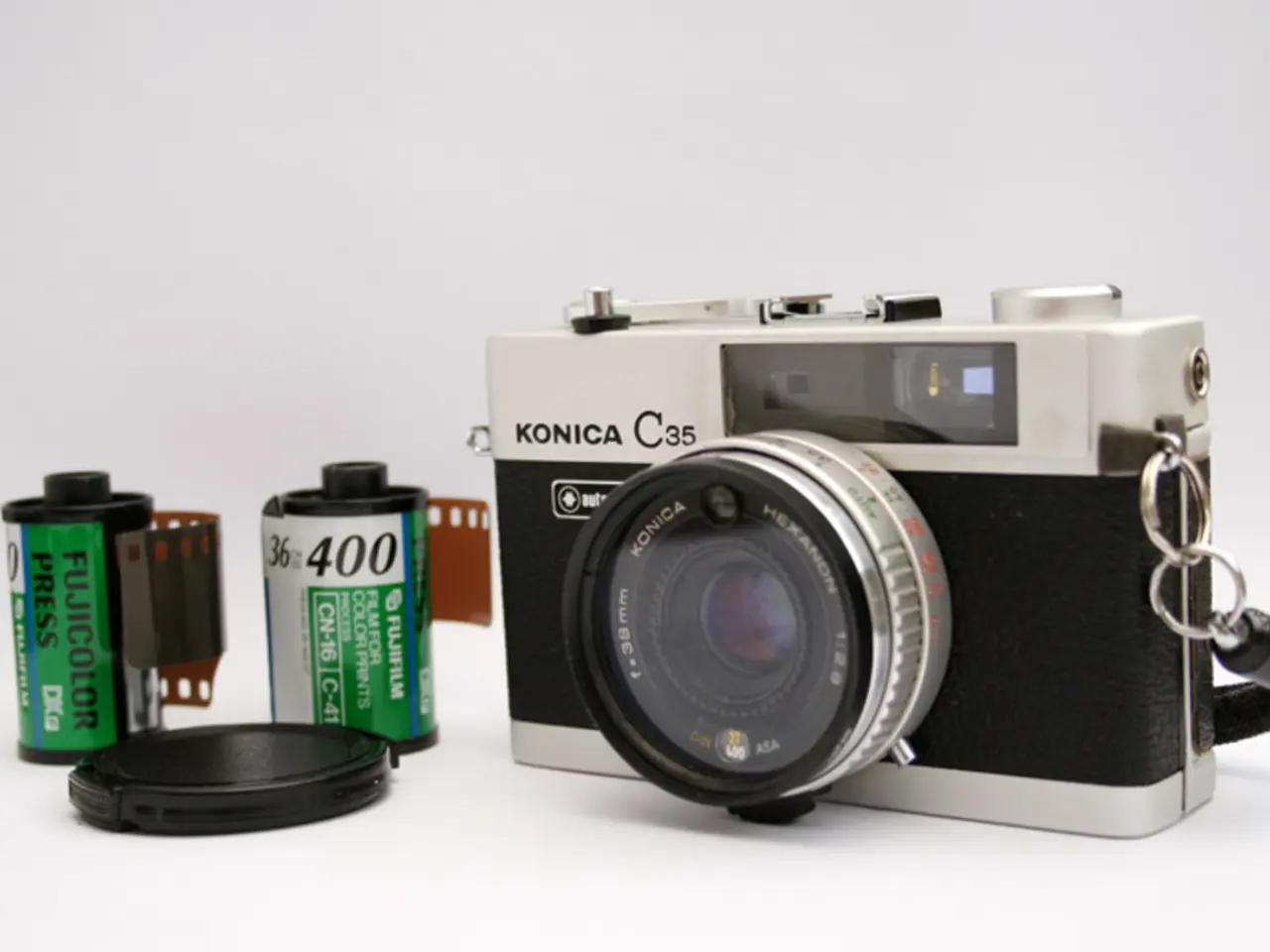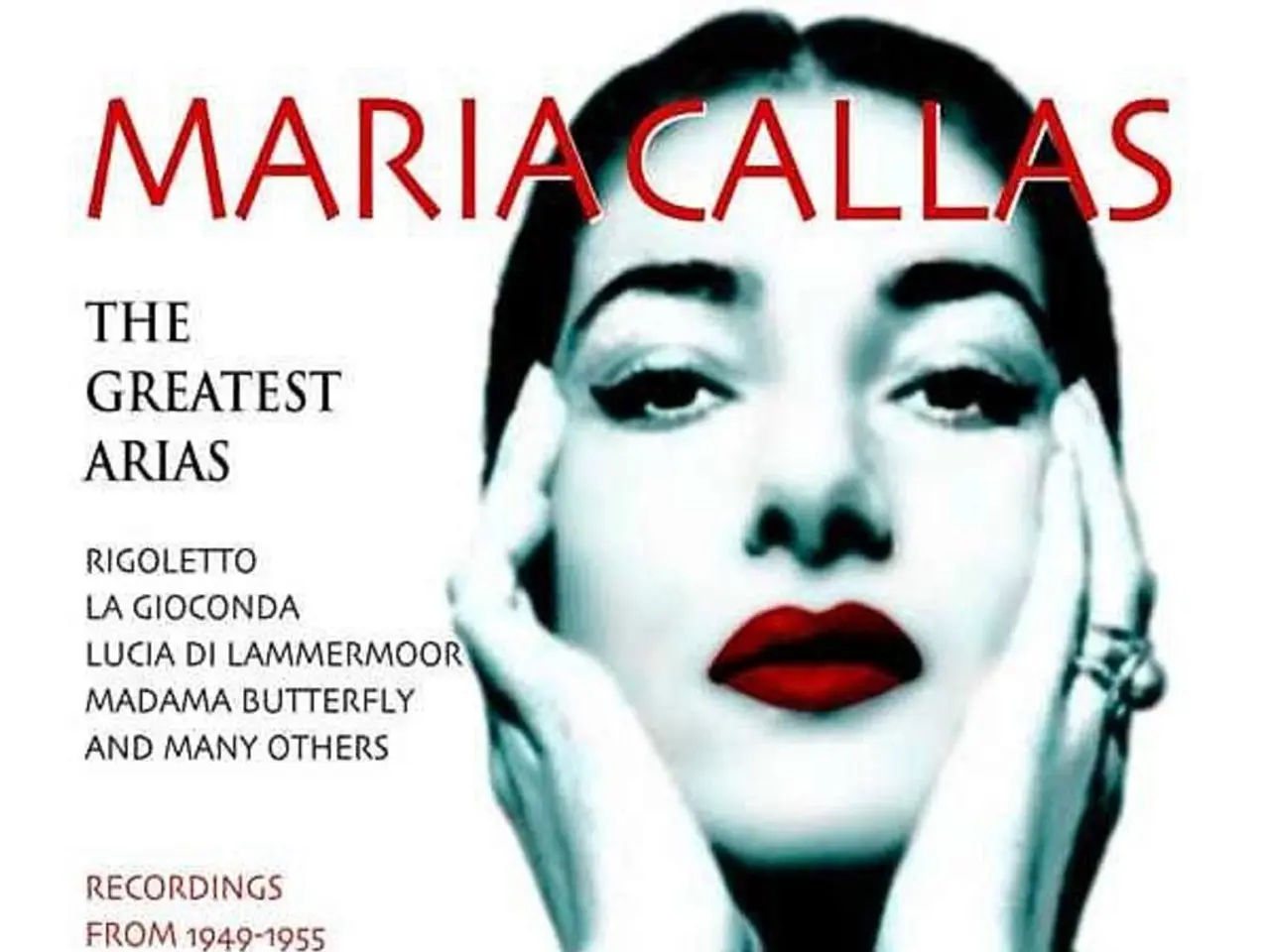Evolution of Pop Culture's Influence on Smartphone Add-on Styling
In the early days, phone accessories were primarily designed for protection and utility. However, in today's digital age, they have transformed into a medium for personal expression and cultural identity. This shift is a direct result of the influence of pop culture on phone accessory design.
The gaming industry has played a significant role in this evolution, with accessories featuring designs from popular video games. This trend extends beyond gaming, as fandoms of various shows, movies, and music bands have also left their mark on phone accessories. Viral trends and memes often inspire accessory designs, with manufacturers quickly turning popular content into tangible products.
Social media platforms have become trendsetters in phone accessory design. They shape trends and preferences, influencing manufacturers to create products that resonate with online communities and influencers. As a result, phone accessories have become adorned with icons and trends from pop culture, turning them into fashion statements.
Pop culture has deeply influenced cell phone accessory design, inspiring themed, character-driven, and stylistically expressive products. These include cartoon and animated series phone cases, 3D character designs, and glow-in-the-dark features. These accessories serve not only as protective devices but also as personal fashion statements and cultural identifiers for consumers.
The resurgence of nostalgia-driven designs, like retro flip phones with modern capabilities, further highlights how pop culture shapes accessory trends. They tap into collective memory and aesthetic preferences linked to iconic eras or subcultures, such as Japan’s 90s flip phone culture and the Ganguro fashion trend.
For consumers, this influence means greater opportunities for personalization, identity expression, and cultural connection through their mobile devices and accessories. It aligns with broader social trends promoted via social media and celebrity endorsements, where visibility and trend participation matter significantly. Consumers are increasingly drawn to accessories that reflect their fandoms, aesthetic tastes, and values, including sustainability. In response, manufacturers are innovating eco-friendly materials and ethical practices in production.
For manufacturers, the implications include a need to continuously monitor pop culture trends and social media dynamics to quickly adapt design and marketing strategies. They must balance the demand for creative, culturally resonant designs with functionality, durability, and emerging consumer priorities such as sustainability. The rise of influencer marketing and celebrity endorsements makes targeted campaigns a critical lever for driving sales in this competitive market segment.
The future of phone accessory design is likely to see greater integration of pop culture elements. As sustainability becomes a priority for consumers, manufacturers are incorporating eco-friendly materials into pop culture-inspired accessories. This blend of style, functionality, and pop culture is exemplified in the launch of iPhone 15 plus accessories. As consumers continue to seek ways to personalize their devices, the integration of pop culture themes offers endless possibilities for creativity and connection.
- Fashion and beauty enthusiasts often align phone accessory designs with popular pop-culture trends, such as cartoon and animated series phone cases, 3D character designs, and glow-in-the-dark features, transforming them into fashion statements.
- The entertainment industry has deeply influenced cell phone accessory design, with themed, character-driven, and stylistically expressive products, like retro flip phones with modern capabilities, tapping into collective memory and aesthetic preferences linked to iconic eras or subcultures.




